Sports massage therapy can benefit most people as it decreases muscle pain – which means it can help you, whether you are a weekend gardener or an amateur athlete.
The focus of the sports massage technique is to manipulate fascia and muscles to benefit the client by:
- Decreasing tension
- Increasing injury rehabilitation (By reducing inflammation.)
- Improving the range of movement (By loosening tight muscles.)
- Breaking down adhesions and scar tissues left over from past injuries
- Accelerate healing (As an influx of white blood cells will be sent to the affected area.)
- Injury prevention
Sports massage increases blood flow throughout the body, bringing vital oxygen and nutrients all over. It has been proven that regular treatments of sports massage can prevent injuries.
Sports Massage For Amateur Athletes
For amateur athletes, sports massage techniques can be beneficial to assist in sports training and boost pre-event, plus rehabilitate post-event. In general, for anyone who focuses on training or exerts themselves physically, for example, by doing a physical job; a regular massage will help your body’s overall performance and prevent injuries.
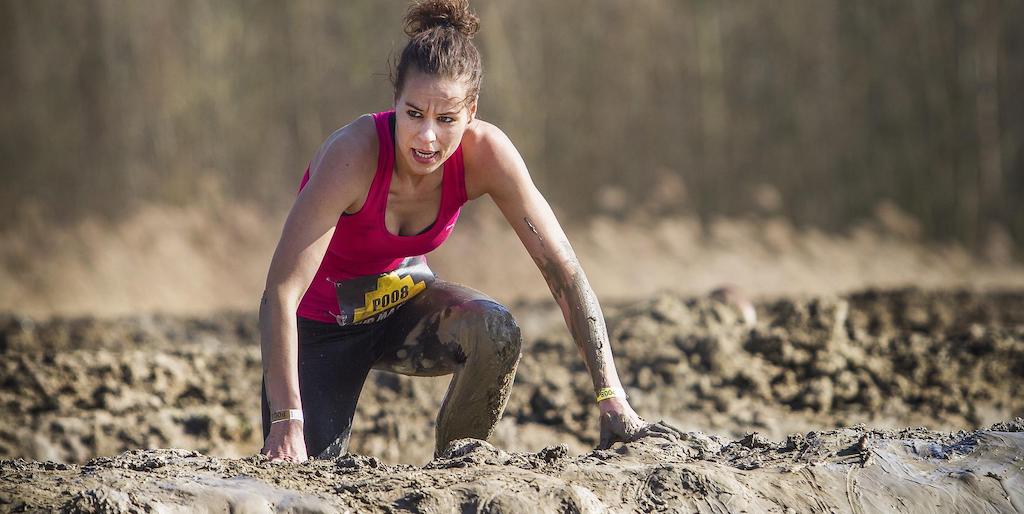
Performance can be enhanced & maintained using pre event and post event massage.
Sports Massage | What to Expect
Your first visit to any therapist will entail you filling out an intake form. It will ask if you are taking any medications and if you are suffering from any ailments. If you feel you might have a condition that could be aggravated by massage please consult your doctor ahead of your session. Also bear in mind that a sports massage will raise your heart rate slightly as it would if you were doing light exercise.
Postural Analysis
Your practitioner will also check your alignment whilst you are standing, as well as when you are lying on the couch, as subtle changes can occur.
Goal
Your practitioner is going to be thorough and ask you questions so that they can build a full holistic picture with all the details from the intake form, the postural analysis and your explanations of how you feel and where the pain areas are.
Having an overall clinical picture will help focus a concise course of action for you, that will be used to achieve the desired goal.
When you are receiving a sports massage, there will always be a two-way conversation, as you are the best judge of how you feel. Your therapist should make you feel you are in a safe environment and any conversations are confidential, so you can be completely relaxed.
I tell my clients what I am achieving at each stage of the massage and it really helps me if I get feedback. If it hurts marginally more in one area than another, that’s usually a big clue as to which muscles are affected and where to focus.
Client Expectations
When you are having a sports massage it is good to tune into your body and be aware of how you are reacting. For example, if your therapist is applying pressure to the extent that it is making you tense they need to be told, so they can ease back.
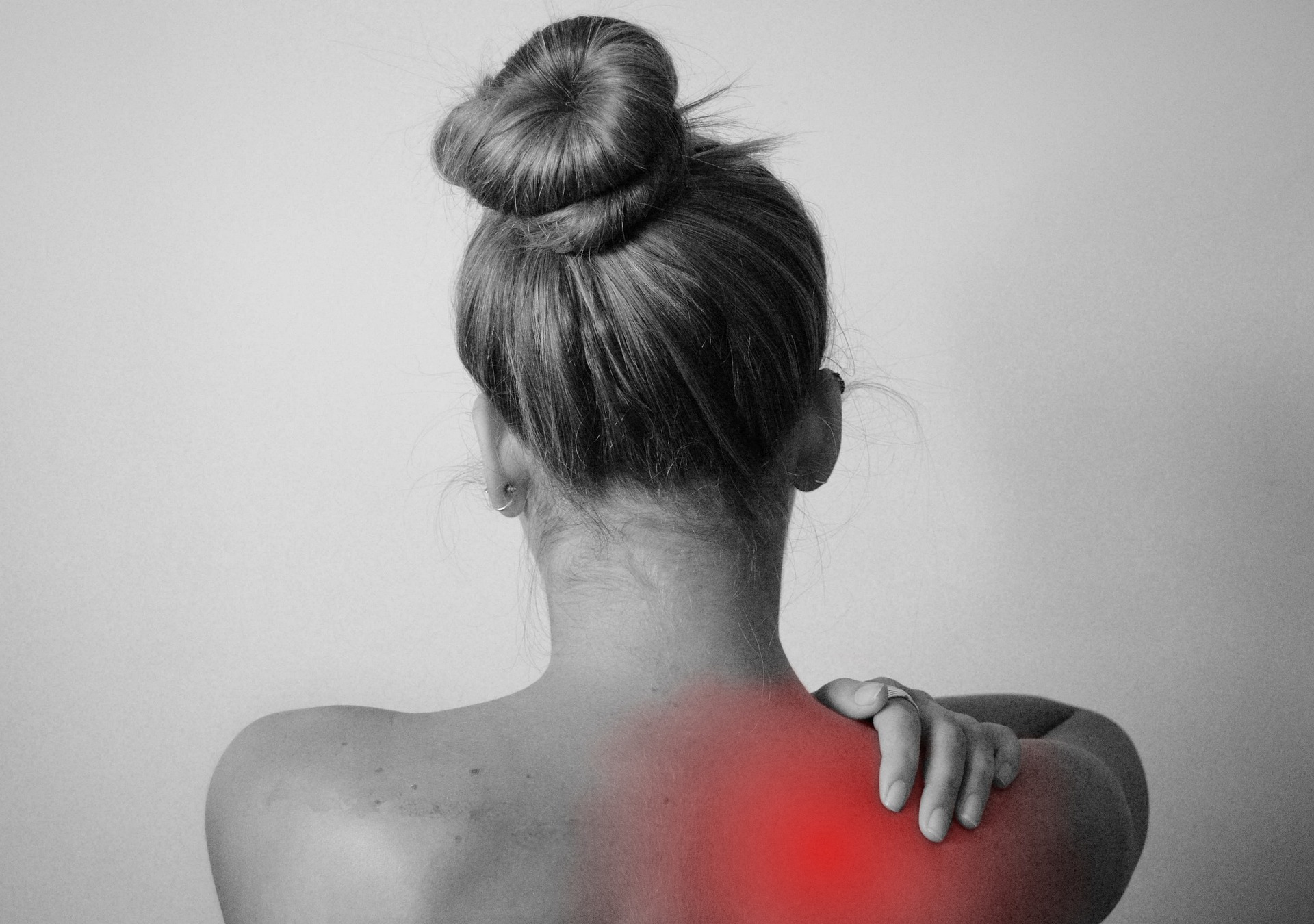
Sports massage can ease the pain of tight muscles
Your expectations need to be realistic. If you have been having your issue for a period of a month or more it might well take more than one session to get to the results you want.
I am totally honest with my clientele. When I speak to you on the phone, if I feel you would benefit more from a physiotherapist or an osteopath I will advise you.
Sports massage can however be very useful used alongside both physiotherapy and osteopathy.
After Your Massage
A sports massage breakdown and flushes the toxins that are in your muscles and fascia through the lymphatic system, which is why you are always offered a glass of water after a session. I would say the ideal scenario after is to avoid any major exertion and to drink as much water as possible – to help the detox aspect.
Benefits of sports massage therapy:
- Increased blood flow
- Better lymphatic drainage which detoxes the body
- Massage releases endorphins which combats pain, aids relaxation and promotes a feeling of wellbeing.
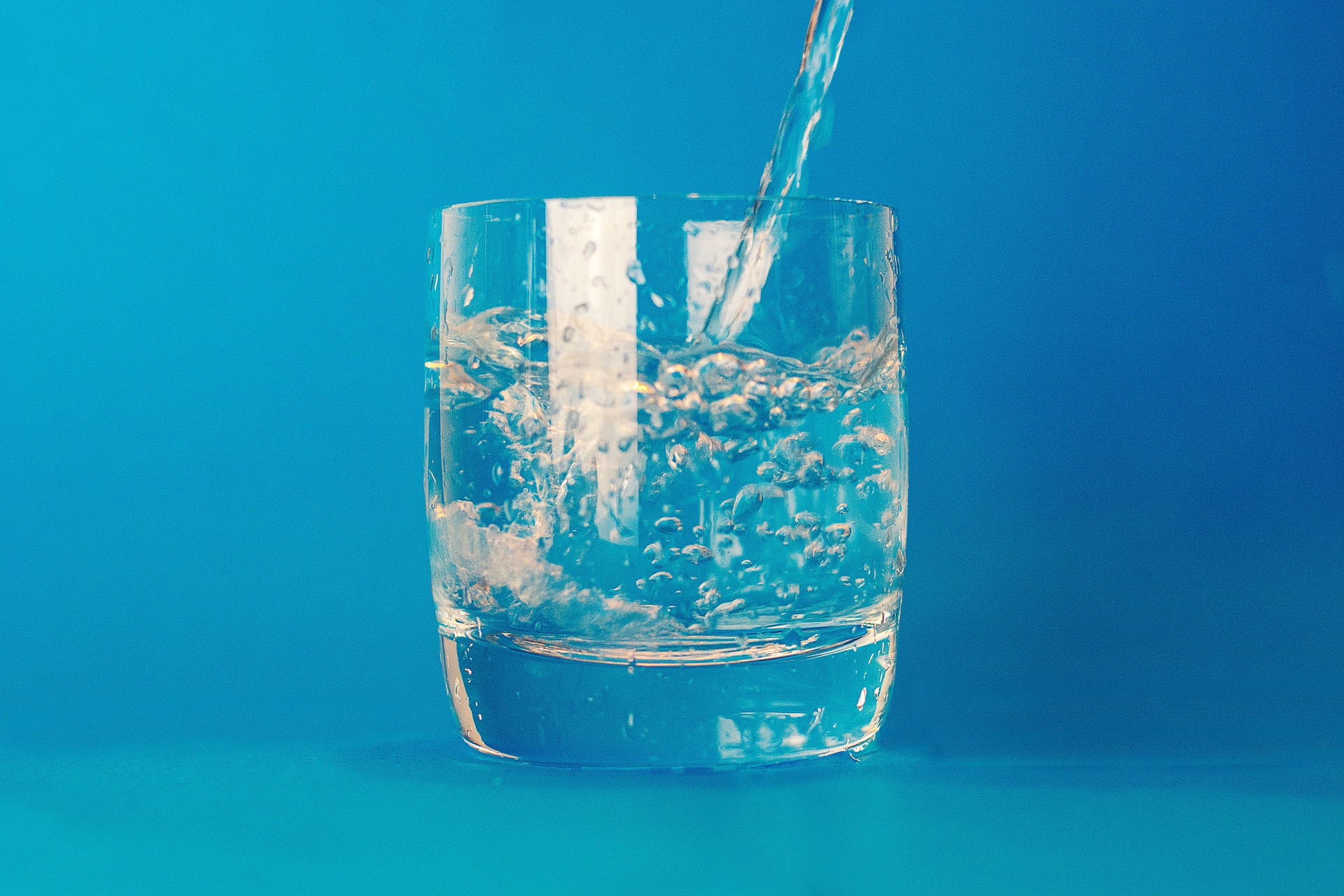
Sports Massage | Breakdown of Techniques
A Sports Massage will differ to a Swedish or more holistic massage, as it provides a specifically tailored to you, technique. Initially, the therapist will palpate the area to make an assessment of the areas of concern and this along with feedback from you, will inform the strategy throughout.
I find that as a therapist, that chatting to people almost certainly helps to build a complete picture of how a muscular issue has manifested. We will complete an intake form, which adds to your assessment and gives me an overview of any health issues you have.
We will also chat as we go along so that you can let me know where there is less or more soreness, so I can really taper the technique for you.
A sports massage once a month is a great way to keep in good shape, alongside gentle exercise, as it can reduce the chance of injury and aid in the body’s ability to recover.
Your Sports Massage Treatment Will Include:
1. Effleurage in sports massage
Is a technique used in more holistic treatments to soothe fascia and bring a sense of wellbeing to a client. However, in sports massage it is used by the practitioner as a preliminary treatment made up of long stroking movements to the fascia, which is performed using flat hands or fingers, to raise the temperature of the skin fascia, stimulate circulation and help the lymphatic system.
For the massage therapist, it is also the time when they sense the condition of the tissues using palpation.
Working thoroughly with a gentle rhythm means the therapist will identify any irregularities within the tissue. Effleurage provides a great foundation to the overall sports massage and eases the client in gradually so they can become more relaxed and comfortable in the clinic environment.
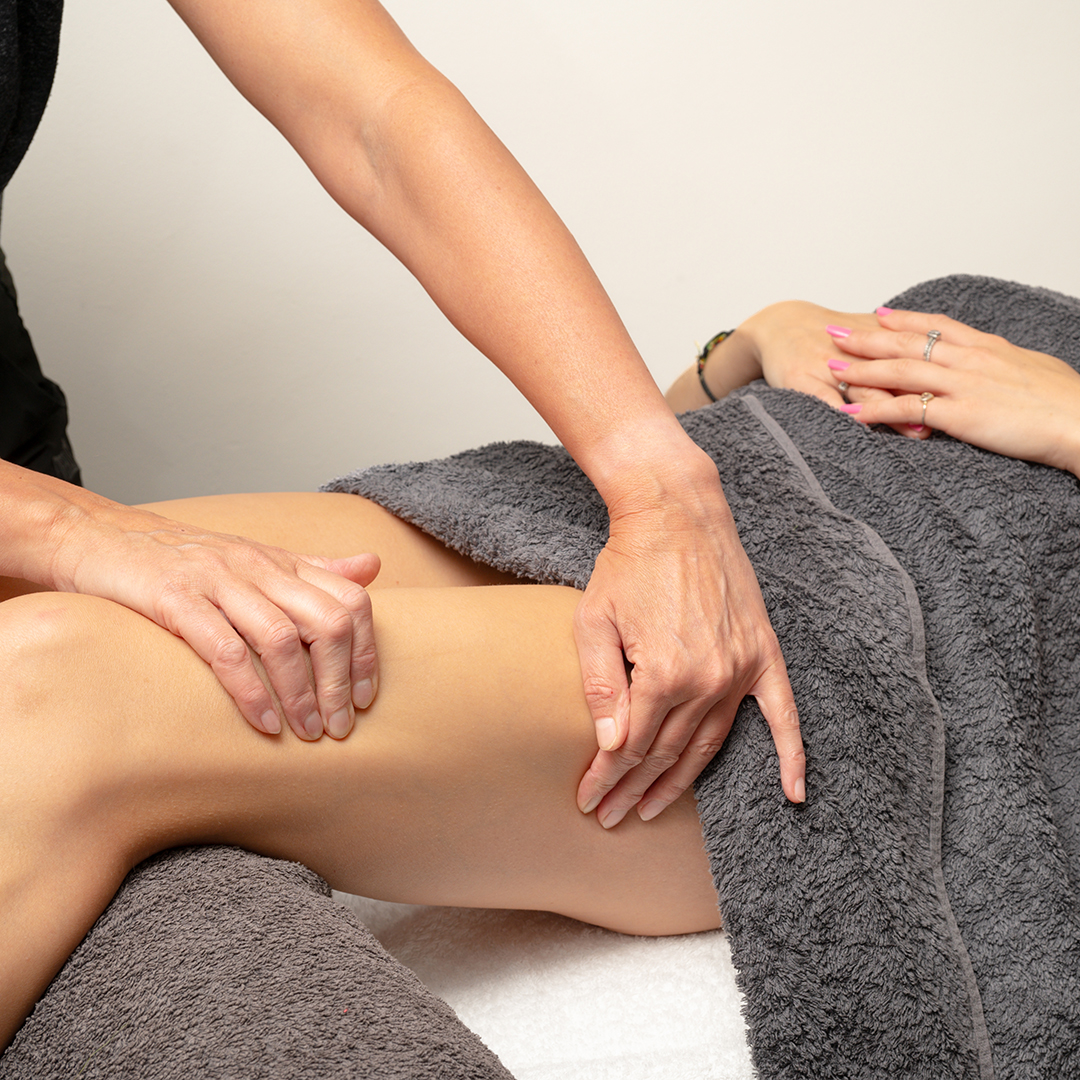
2. Petrissage in sports massage
Once effleurage is completed, deeper pressure can be applied. Petrissage means “knead” and is a technique used to start to free up underlying layers of tissues as well as the deeper muscle. The technique will begin to break up adhesions to aid recovery.
The variations of petrissage consist of the following: kneading, picking, wringing, rolling, and pressure.
Kneading
Kneading causes the soft tissues in the skin and muscles to be moved against each other, as well as against the bones loosening any adhesions between the layers.
Picking
Picking is an activity that is used to grasp, squeeze, and lift soft tissues whilst the other hand simultaneously supports the limb, it is a part of the kneading process.
Wringing
Wringing is an activity that is used to gently move the soft tissues in a side-to-side motion. This begins with the hands-on on opposite sides, and they then change sides repeatedly.
Rolling
Rolling will activate the deeper layers of the skin, in particular the subcutaneous layer. Your practitioner will gently grip the skin, and then literally roll the tissues between the fingers and thumbs across an area or limb.
Pressure technique
Your practitioner will apply pressure to a large or small surface area of the body, which compresses the tissues and they will hold it for a couple of seconds.
3. Deep tissue massage
Once the fascia is warmed a more deep tissue massage can begin.
Deep tissue massage is effective to reduce pain deep in the muscles and connective tissues so is perfectly positioned to be a part of a sports massage.

Sports Massage relieves muscle tension, and can be beneficial for rehabilitating muscle injuries
Where it differs as an individual treatment, is that clients will usually have a ‘full body deep tissue massage’, whereas your sports massage therapist will use deep tissue massage, alongside the techniques below, to address imbalances caused by tight muscles, easing localised aches and pains.
4. Sports massage techniques
During your treatment, your sports massage therapist will use deep tissue massage and many of the following techniques to target problem areas and facilitate results. The below will be used to target specific muscle groups in the areas of your body that needs more manipulation to offer you the best chance of improvement from injury and effective rehabilitation.
- Soft tissue release STR (Addresses imbalance in the muscles.)
- Compression
- Friction
- Tapotement (rhythmic striking)
- Vibration
- Gliding
- Stretching
- Percussion
- Trigger point massage
Sports Massage Benefits
Most people who I see come with a specific problem or issue, that is causing them pain, and so the main benefit is of course muscle pain relief.
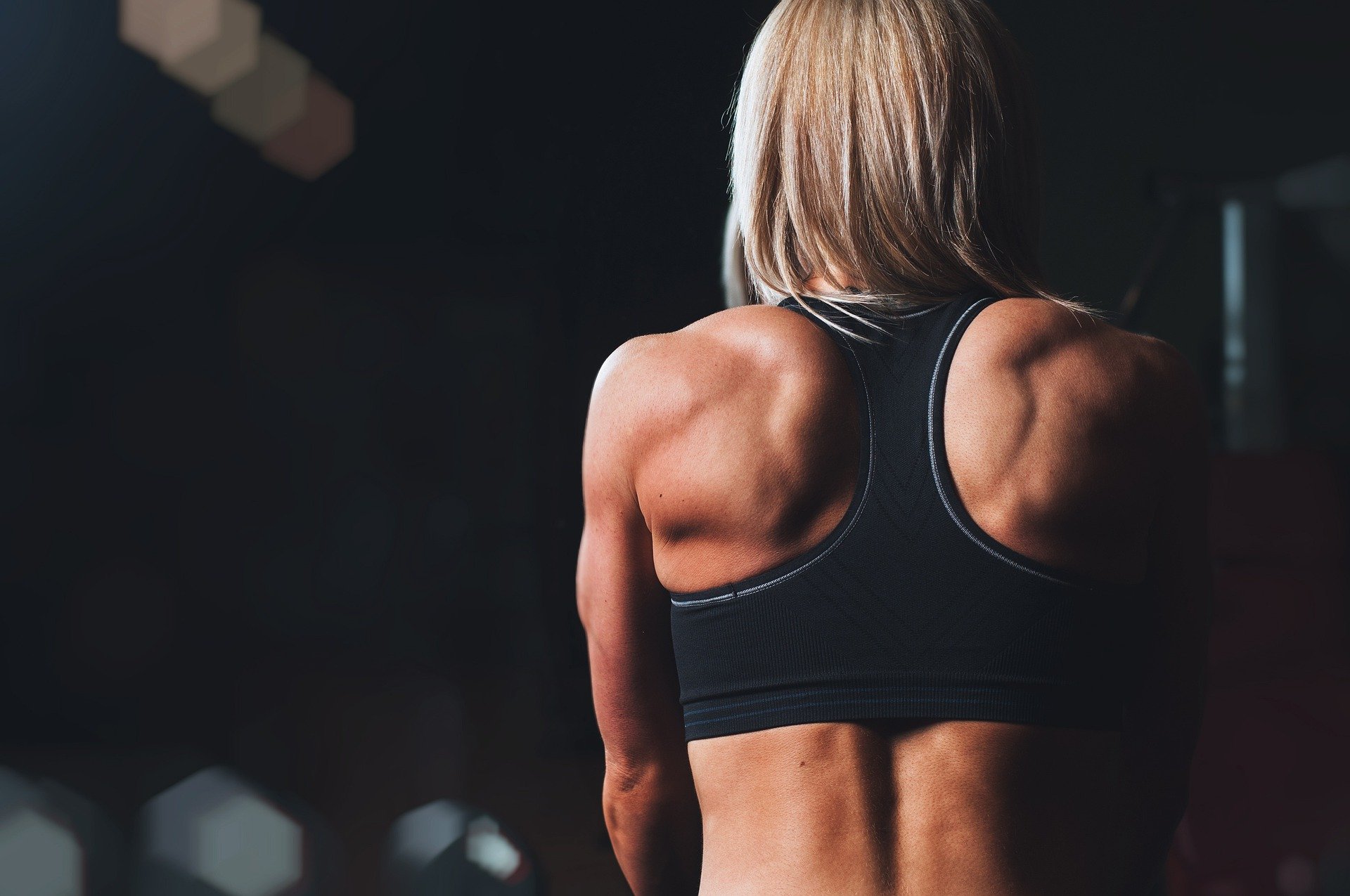
Regular sports massage is good for body maintenance when training
However, you will also find that sports massage can help if you are an athlete are training, as it is good for injury prevention, as well as improving performance as you will benefit from:
- Improve range of motion (ROM)
- Improve flexibility
- Decreased tension
- Decreased neurological excitability (nerves more relaxed)
- Decreased spasms
Other body benefits:
- Increased blood flow as your circulation will be improved during the massage
- Better lymphatic drainage, which is beneficial to remove lactic acid build-up which can impair performance
- Prevention of injuries, due to better flexibility
- Decreased recovery time between training, as massage works in a similar way to pre and post stretching
Sports Massage | Psychological Effects
Psychologically you will also benefit from the fact that during a massage your body releases endorphins, much like it does when you exercise. These are the happy chemicals and are often called a “runner’s high”, by athletes, as you’ll notice you’ll have more energy as a consequence.
A good massage therapist, whether sports or otherwise, will help support you while you relax physically and mentally and this will then naturally raise brain serotonin and dopamine levels and the combination of these will bring a sense of wellbeing and can lead to:
- Decreased anxiety and improved mood
- Better sleep
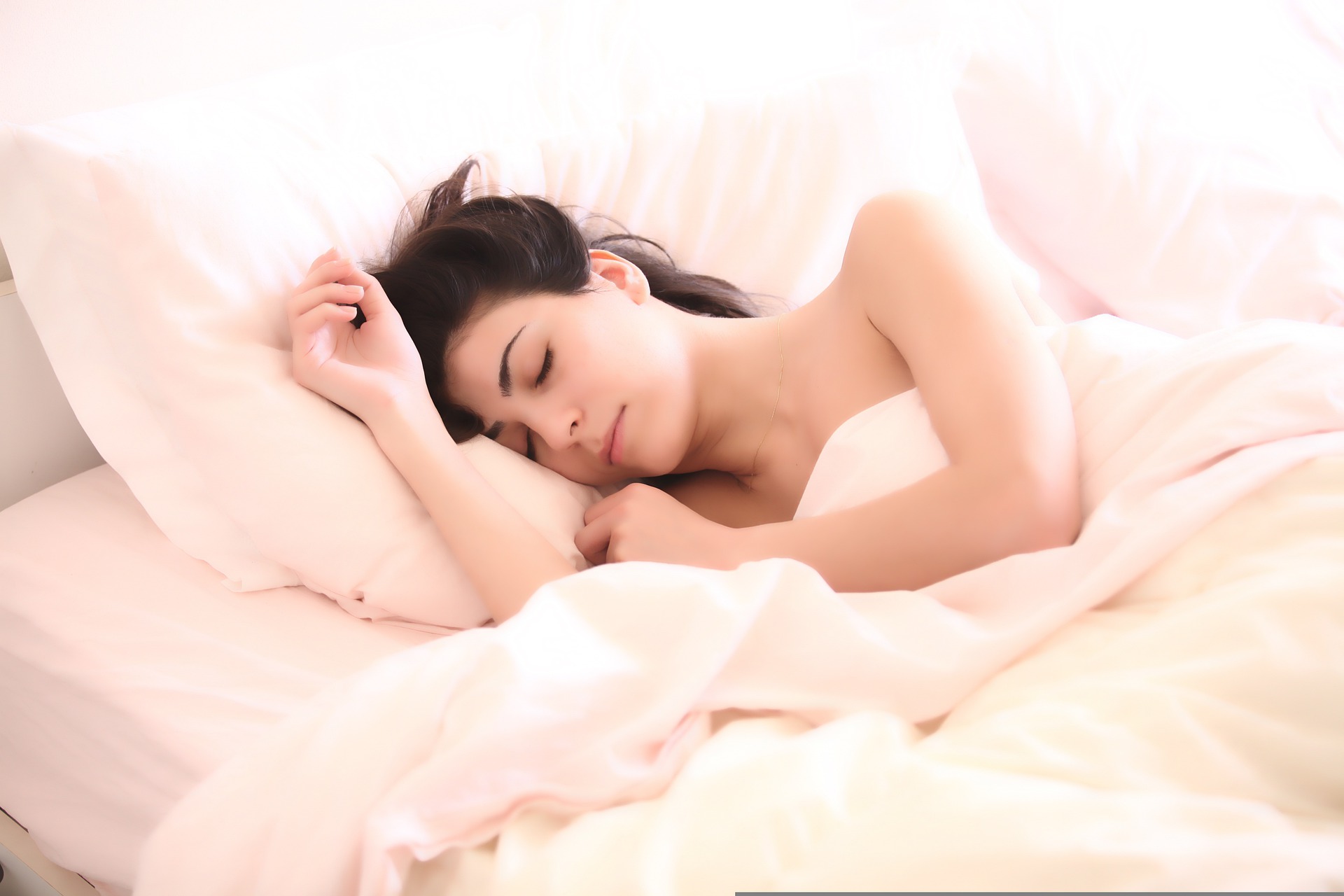
Often you’ll get a better nights sleep after a massage
Sports Massage | Side Effects?
Sports massage is safe with very few side effects. I often find that my clients start to yawn towards the end of the session and head home after for a quiet evening and frankly this is a good outcome, as the soothing movements of bodywork have triggered a relaxation response. As adults, we often don’t give ourselves enough time to recover after injury or enough sleep so it’s a good idea to really relax after your treatment to get the most out of it.
Skin Reaction
I use bamboo or grape seed oil which I have chosen as they are light and are proven to be beneficial to the skin.
Sports Massage | Will My Treatment Be Painful?
Sports massage does occasionally cause bruising or soreness after a therapy session, however, be assured that you can dictate the pressure of the massage. For pre-event the practitioner will be aiming to improve your performance by doing an all-over massage to help “limber you up”, it is important therefore that this massage is not too deep as this will cause the body to need to “recover”, and that might have a negative effect on event performance.